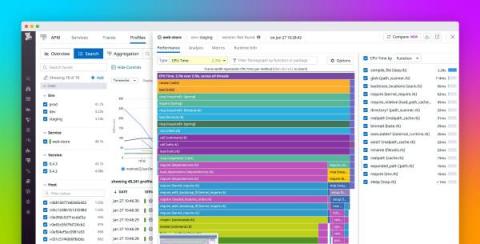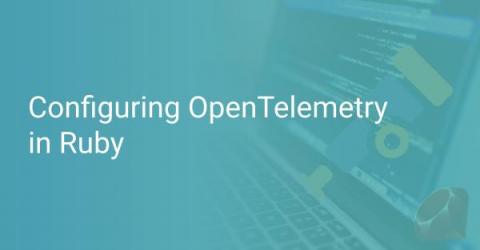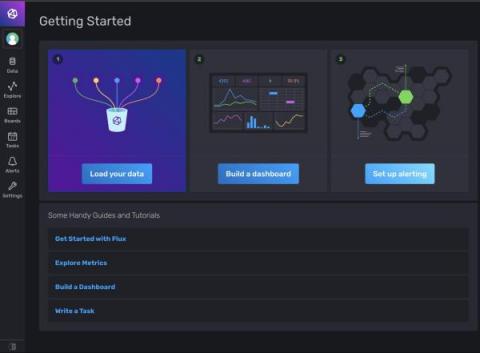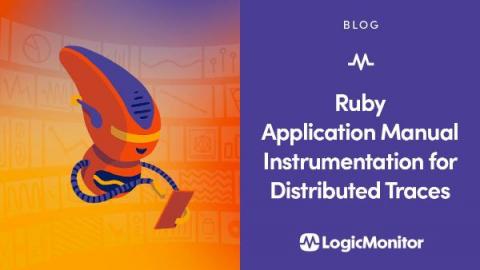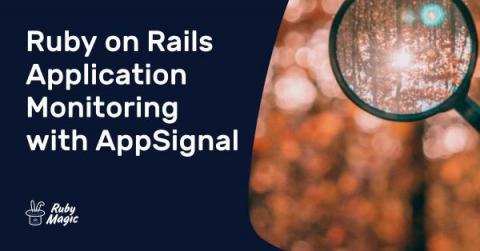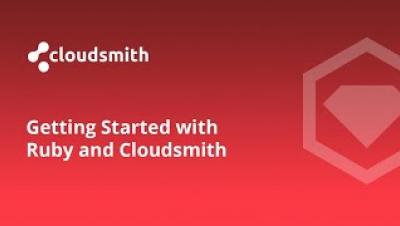The Sentry Ruby SDK now supports Release Health
Developers work tirelessly to publish updates to improve their products and services because, as we all know, a better user experience = happier customers. While shipping updates, features, and improved capabilities can help improve your user’s experience, introducing new code can also introduce new issues; and finding exactly what update caused a release to degrade can be time consuming and costly.




